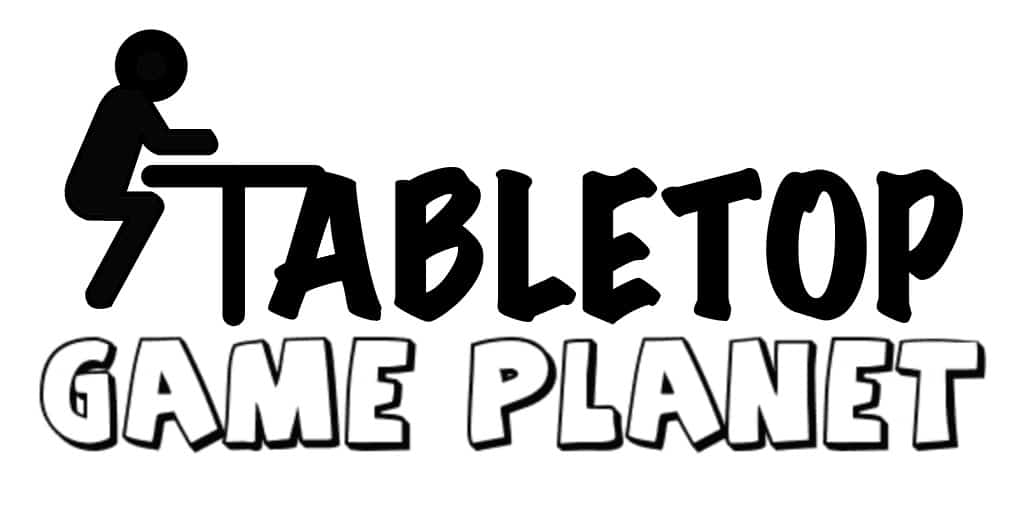A player wins in Connect 4 game if they can match four of their checkers in a connected line vertically, diagonally or horizontally. It may look like a simple task, but it requires strategies, techniques and tactics to bait the opponent into the opportune positions.
Like any other strategic game such as chess, the opponent can block or counter moves by making a reactionary move. Therefore, moves must be calculated and well thought out to be ahead of the opponent’s reaction.
Furthermore, it’s important to also think about the opponent’s move and try to block and prevent them from winning.
Can you tie Connect 4? Yes, the game Connect 4 can end as a draw if neither of the two players manages to connect four discs in a row, yet the entire board is full.
Playing Connect 4 against a strategic opponent will typically result in a tie because both players can keep blocking each other to a point no player will form a row of 4 checkers without an opponent’s disc intersecting. All 42 squares will be filled, hence there will be no winner.
In Connect 4, players take turn placing their checkers in the board grids. If either player uses a faulty strategy, the game can be easily lost.
So how do you prevent from losing by forcing a tie? Answered below are frequently asked questions about tying in Connect 4 and what happens next.
What is the probability of getting a tie in Connect 4?
Mathematically, the probability of getting a tie in Connect 4 is around 60%.
There are 7 columns and 6 rows implying there are 42 possible moves for the two players to make. A player wins after making a row of 4 checkers, and there is 69 possible location a player can do that.
For each row, the probability of getting one is ¼, and since both players have equal chances, it means the probability of the two colors is 1/8. The remaining 7/8 is the probability of not forming math of 4 colors for one location.
For the 69 locations, the probability will be (7/8)*69 = 60%.
Theoretically, since the game is a problem-solving game, the probability of getting a draw can be the same as that of a tic tac toe when both players play their best.
If both players’ skills level is the same, the chances of a draw can be much higher than 50%. However, that depends on both players’ skills, strategy, and where on the grid the players placed their first checkers.
If the player who goes first places their checker in the 3rd or 5th column, the likelihood of a draw is much higher when playing against an optimal player.
How many ways can you tie in Connect 4?
One of the complexities of Connect 4 game is the infinite number of possible moves a player can make on the board. There are 69 possible locations a player can make a row of 4 checkers of the same vertically, horizontally, or diagonally.
In every game, there are three possibilities, win, lose or a draw. Thus, finding the exact win, draw, or loss ratio is complicated without recording the results of each game you play.
What to do when you tie in Connect 4?
A tie is the most common occurrence in Connect 4 when both players are static in their moves. Chalk it up as a split decision, and try to achieve victory in the next round.
Double check all possible runs that could form a row of 4 checkers on the board (vertically, horizontally or diagonally). If all the runs have at least one of the opponent checkers, then a tie is the outcome, and neither players wins.

Tie in Connect 4: Conclusion
The aim of Connect 4 game is to create a row of 4 checkers of the same color diagonally, horizontally or vertically, before the opponent completes the task. When all 42 spaces are filled with 21 checkers of both colors, and no row of four has been completed, then the result is a tie.
Like Tic Tac Toe, the game Connect 4 can end in a stalemate if the opponent keeps countering every move to form four in a row.
Connect 4 is considered a problem-solving game because the player who goes first will have the upper hand at winning. The second player will be constantly countering moves from the first player if both are playing in a strategic manner.
Any move a player makes in Connect 4 must achieve both aspects of the game: block the opponent from setting a row of 4 checkers and create a winning strategy. Planning ahead of the opponent will put a player at the upper edge of winning the game, but a tie is the probable outcome when both players are strategically engaged.
